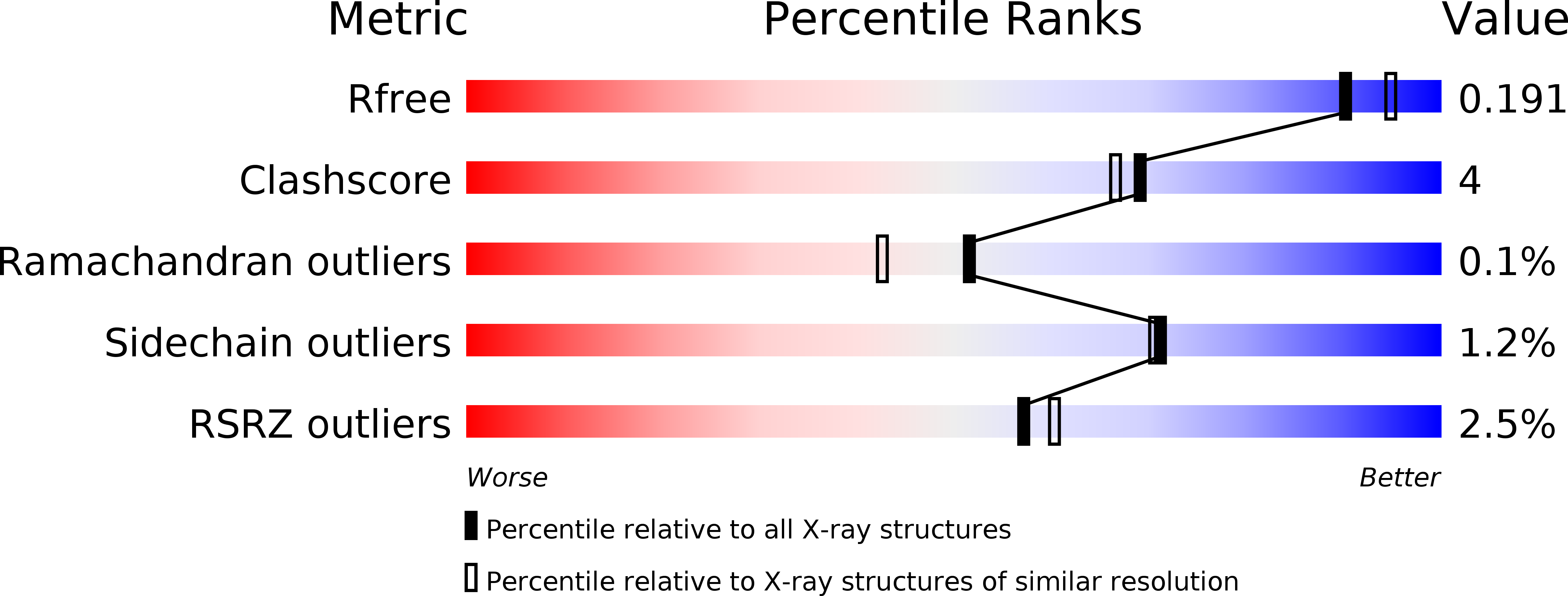
Deposition Date
2012-05-18
Release Date
2012-07-25
Last Version Date
2024-02-28
Entry Detail
PDB ID:
4F9D
Keywords:
Title:
Structure of Escherichia coli PgaB 42-655 in complex with nickel
Biological Source:
Source Organism:
Escherichia coli (Taxon ID: 83333)
Host Organism:
Method Details:
Experimental Method:
Resolution:
1.90 Å
R-Value Free:
0.19
R-Value Work:
0.16
R-Value Observed:
0.16
Space Group:
P 21 21 21


